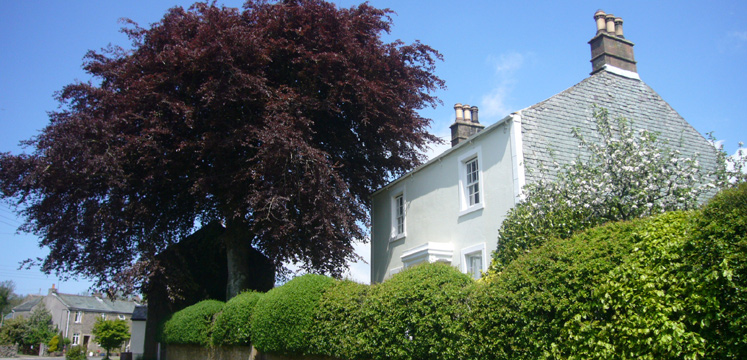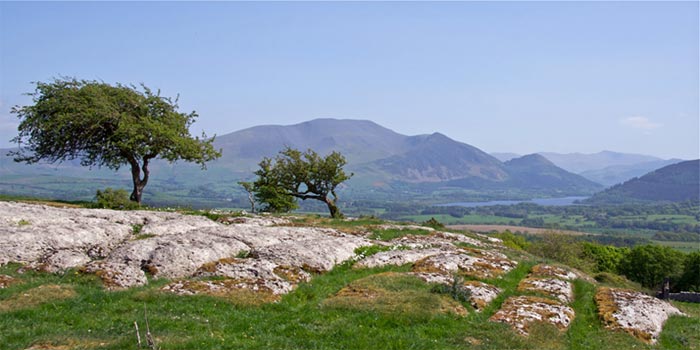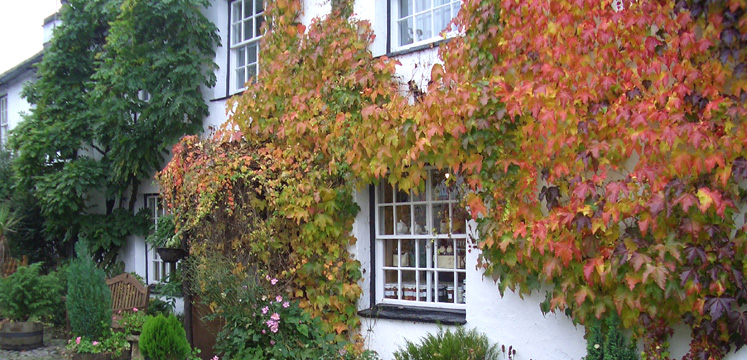Reference




Moonshot's Answer
Blindcrake is designated as a conservation area in the Lake District due to several unique features that contribute to its special architectural and historic interest. These include:
-
Rural Setting: It is nestled between Moota Hill and Clints Crag on a low ridge above the Derwent Valley, offering a distinctive rural landscape.
-
Settlement Pattern: The village exhibits a distinctive linear settlement pattern that is characteristic of its historical development.
-
Historical Significance: Blindcrake has a rich history, with its origins dating back to medieval times, as indicated by its mediaeval strip field system.
-
Architectural Heritage: The village boasts a variety of traditional Lakeland buildings that contribute to its unique character.
-
Preservation of Character and Appearance: As a conservation area, it is subject to extra planning controls aimed at preserving its character and appearance for future generations.
-
Natural Beauty: Its elevated position and proximity to the Lake District National Park contribute to its scenic beauty and importance within the region.
Images showcasing the beauty and character of Blindcrake include views of traditional Lakeland houses and the surrounding landscape, reflecting the reasons for its conservation status. For a visual representation, you can refer to images from the Lake District National Park's official website and other sources that capture the essence of Blindcrake's conservation area. These images can be found at the following links:
These features collectively make Blindcrake a significant conservation area within the Lake District, deserving of special protection and management to preserve its unique qualities.
Follow Up
Related
What are some significant geographical features and protected areas in Colorado?
What is the land area of the urban area of Raleigh, NC?
cuales serian los objetivos específicos de una persona que hará pasantías en una entidad, donde trab
How is the Kutztown Area School District connected to Maxatawny Township?
What is the role of protected areas in maintaining the wildlife corridor?